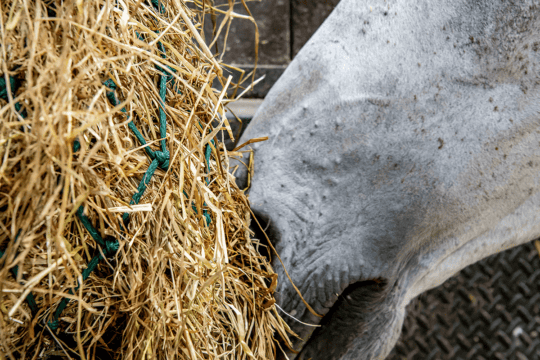A first aid kit is a must for all horse owners and carers. Find out what to put in it – and download a list to help you stock your own horsey first aid kit

Keeping a well stocked first aid kit will help you respond immediatly to your horse’s health needs. Pack all your first aid items in a sturdy, sealed, portable container. Plastic tool boxes with latches and handles work well.
Here’s a list of essential first aid items you’ll want to include!Need to build your own first aid kit?
Download Horse&Rider’s First aid kit list and get kitted out!
 Horse&Rider’s First aid kit list
Horse&Rider’s First aid kit list
1 Your vet’s telephone number
And any other numbers you may need in an emergency, for transport etc
2 Latex gloves
To wear while cleaning wounds, to prevent them becoming contaminated
3 Torch and spare batteries
So you can carefully inspect wounds when it’s dark
4 Thermometer
To check your horse’s temperature
5 Stethoscope
To listen to your horse’s pulse
6 Petroleum jelly
To lubricate the thermometer before use and to protect the skin below a wound
7 Clean plastic bowl or bucket
To use when cleaning wounds
8 Roll of cotton wool, roll of gamgee
For cleaning wounds and bandaging
9 Bag of sterile saline solution and sterile hypodermic needle
The needle is inserted into the bag of saline, and the bag is squeezed so that the saline shoots out of the needle. It’s then held over a wound to flush it out after cleaning
10 Antibacterial scrub, such as Hibiscrub
For cleaning skin
11 Wound gel, such as Intrasite or Dermagel
To keep wounds moist and draw out any debris
12 Antibiotic spray and/or cream
To disinfect grazes
13 Pair of round-ended scissors
To trim around wounds and to cut dressings to size
14 Tweezers
To remove small thorns etc
15 Thick, waterproof tape, such as duck tape or tickitape
To make poultices secure
16 Sterile, non-stick dressings, such as Melolin
For placing over a wound, before applying a bandage
17 Poultice, such as Animalintex
To draw infections out of the feet.
A selection of bandages:
Padding bandage, such as Soffban or Cellona
To use as padding between the dressing and the outerbandage
Cohesive bandages, such as Vetrap
A stretchy outerbandage that conforms to the shape of the limb
Adhesive bandages, such as Elastoplast
To stop bandages from slipping
Set of four stable bandages
To support lower legs, put over gamgee or under a knee and/or hock bandage.















